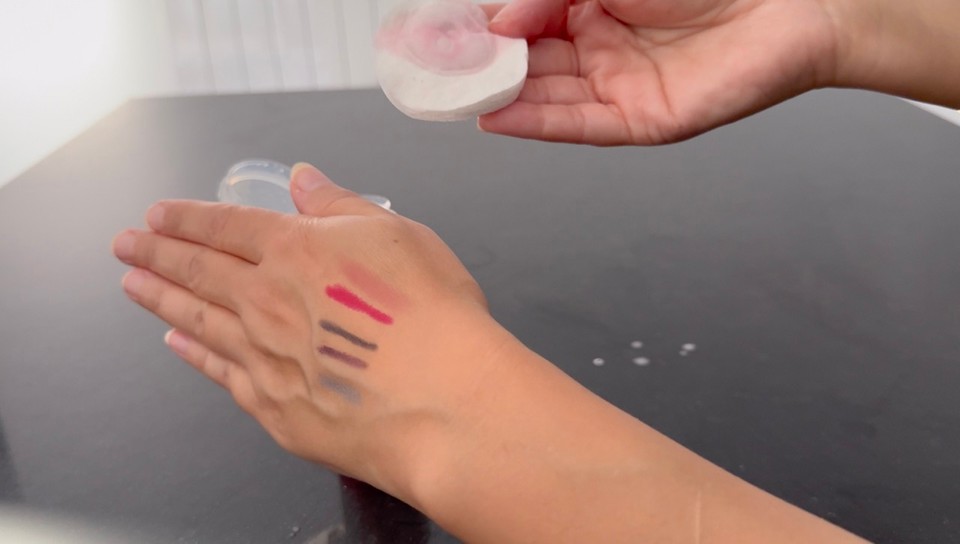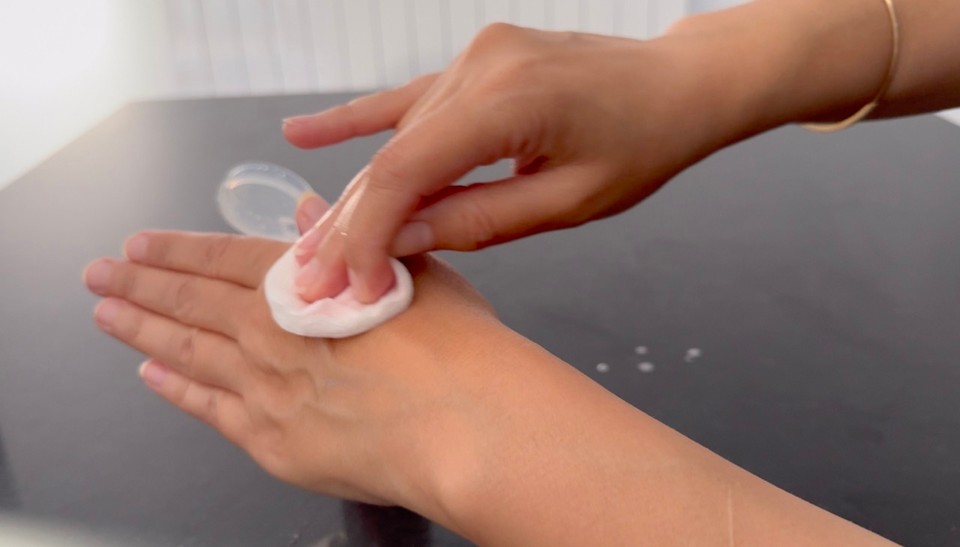Makeup Remover Bi Phase
| Phase | Ingredient | Percent (%) | Weight (g) |
|---|---|---|---|
| Phase A | Distilled water | 51.0 | 51 |
| Decyl Glucoside | 3.1 | 3.1 | |
| Pentylene Glycol | 2.5 | 2.5 | |
| Magnolia Extract 98 (en aceite o en glycol) | 0.2 | 0.2 | |
| Citric acid | 1.0 | 1 | |
| Phase B | Isoamyl Laurate | 18.0 | 18 |
| Coco caprylate | 23.0 | 23 | |
| Phase C | Preservative Cosgard (INCI - Benzyl Alcohol - Dehydroacetic Acid - Aqua) | 0.8 | 0.8 |
| Fragrance | 0.4 | 0.4 |
*** Optional: Few drops cosmetic liquid color and mica color.
You can help support my website and channel through the “buy me a coffee” page.
Here is the link: https://www.buymeacoffee.com/diycosmetica
Your support helps me keep sharing here more information and more formulas.
This formula for bi-phase makeup remover involves combining water-based and oil-based ingredients to effectively remove makeup while leaving the skin feeling fresh and moisturized.
The bi-phase makeup remover combines both water-based and oil-based phases to effectively break down and remove all types of makeup. The water-based phase (Phase A) primarily targets water-soluble makeup and impurities, while the oil-based phase (Phase B) dissolves oil-based makeup such as waterproof mascara and long-lasting foundations.
This bi-phase makeup remover has water and oil ingredients without an emulsifier, so you will need to shake it before use. When shaken, the two phases mix temporarily (shaking the bottle is what mixes these two layers temporarily, forming an emulsion for a short time and then the phases separate back into two layers) allowing for easy application on the skin. The surfactants and emollients work together to emulsify and lift makeup off the skin, making it easy to wipe away with a cotton pad or cloth. Humectants in the formula help to keep the skin hydrated, while extracts like magnolia soothe and calm any potential irritation caused by the removal process.
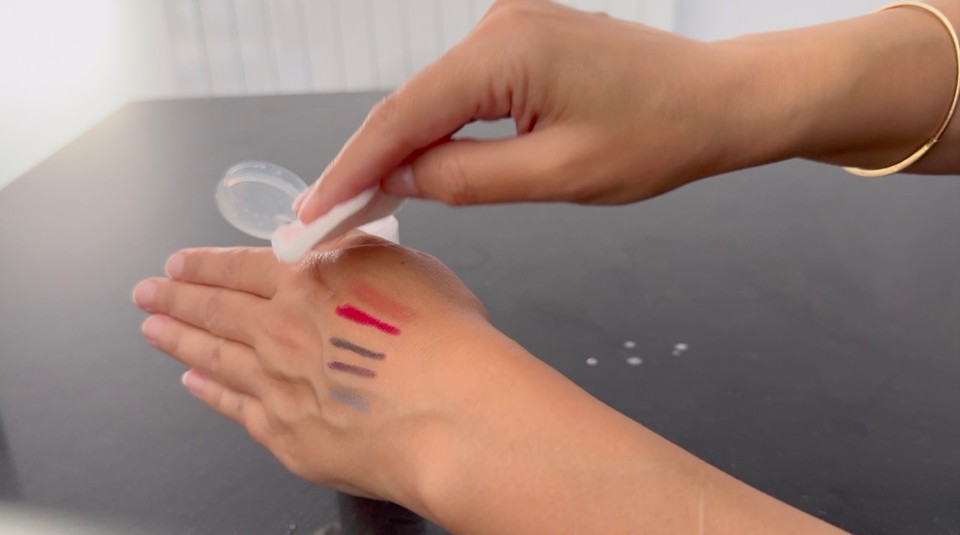
If you want to make a cleansing balm, check this 'Take The Day Off' By Clinique Dupe Cleansing Balm or this Cleansing Balm.
If you want foaming cleansers for face and body, check the Glycolic Acid Foaming Cleanser, the Glucoside face cleanser or the Foaming Body And Face Cleanser.
Let's go over the ingredients in this formula:
In phase A, along with distilled water, I used Decyl glucoside. Decyl glucoside is a non-ionic surfactant, which means it has no electrical charge. This makes it very mild and less likely to cause irritation compared to other surfactants. Known for its gentle cleansing properties, it is ideal for sensitive skin. Decyl glucoside effectively lifts away dirt and makeup, providing good cleansing capabilities without being harsh. You can replace the Decyl glucoside with Coco glucoside.
Pentylene glycol is a multi-functional ingredient, often sourced from sugar cane or corn cob. It acts as a humectant, drawing moisture into the skin and providing a hydrating effect. Additionally, it serves as a preservative booster and a solvent for other active ingredients. Alternatives for pentylene glycol can be sorbitol or propanediol.
Magnolia extract has potent anti-inflammatory and antioxidant properties, making it beneficial for soothing the skin and reducing redness. This extract helps to calm the skin after makeup removal, preventing irritation. If you don’t have Magnolia extract you can skip it and add the amount to the distilled water.
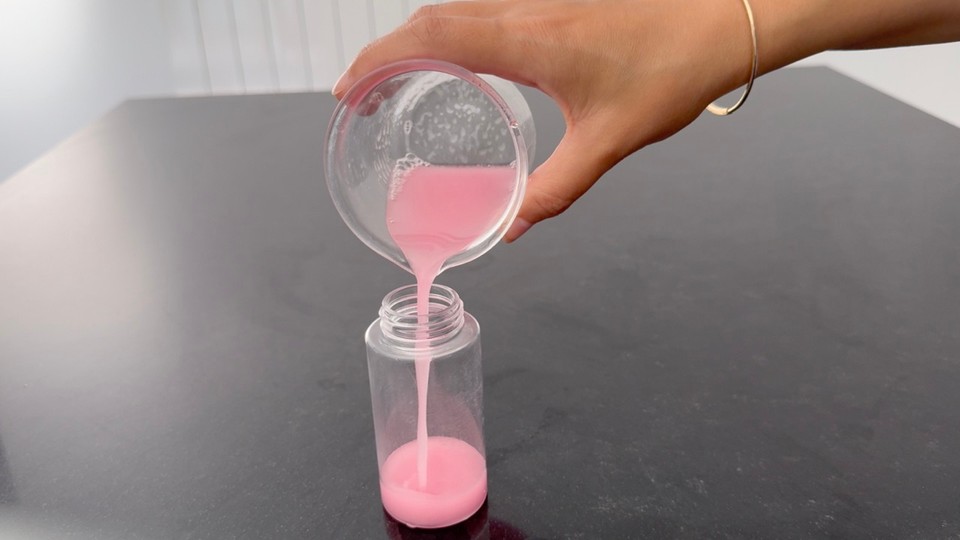
I used Isoamyl laurate in Phase B, an ester derived from natural sources like sugar and coconut. It acts as an emollient, providing a smooth, silky feel on the skin without leaving a greasy residue. Isoamyl laurate helps to dissolve oil-based makeup, making the removal process efficient. You can use isopropyl myristate (which also offers a light, non-greasy texture) or squalane.
Coco-caprylate, derived from coconut oil and caprylic acid, is another lightweight emollient that enhances the spreadability and absorption of the product. It leaves the skin feeling soft and moisturized after makeup removal. Coco-caprylate is ideal for sensitive skin due to its non-irritating nature. You can replace it with caprylic/capric triglyceride.
I am using Cosgard in this formula; you can use another preservative. Make sure to use the preservative according to the supplier's instructions. If you need 1% of the preservative, reduce 0.2% from the distilled water to adjust the formula.
You can make this makeup remover fragrance-free. If you skip the fragrance, add the amount to the coco-caprylate instead.
The final pH of the makeup remover should be 5.5-6.5. This pH range supports the skin barrier, promotes a healthy microbiome and reduces irritation. To read more about pH adjustments in cosmetics, check this post.
Use the calculator to adjust the amounts you wish to make.
Method:
- Into a beaker, add the distilled water and then the citric acid. Mix to dissolve the citric acid.
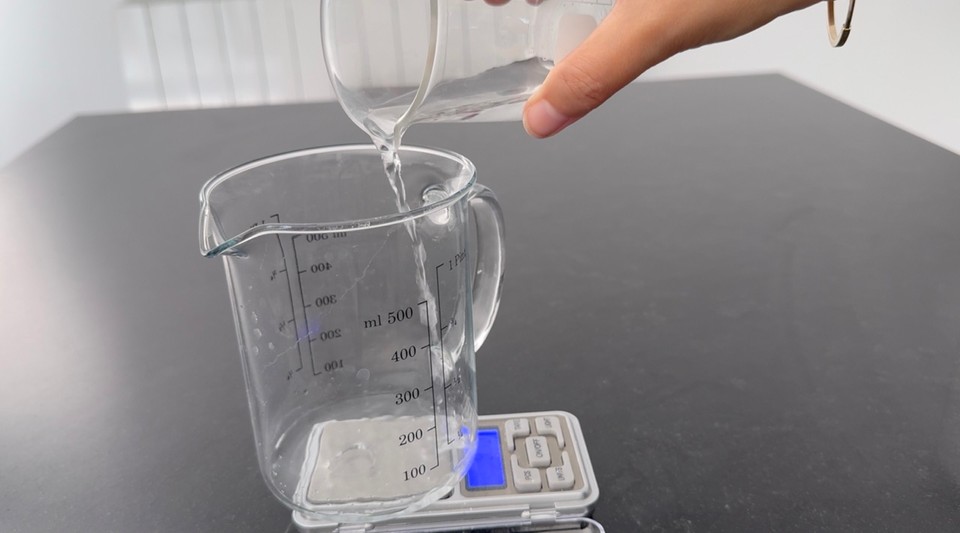
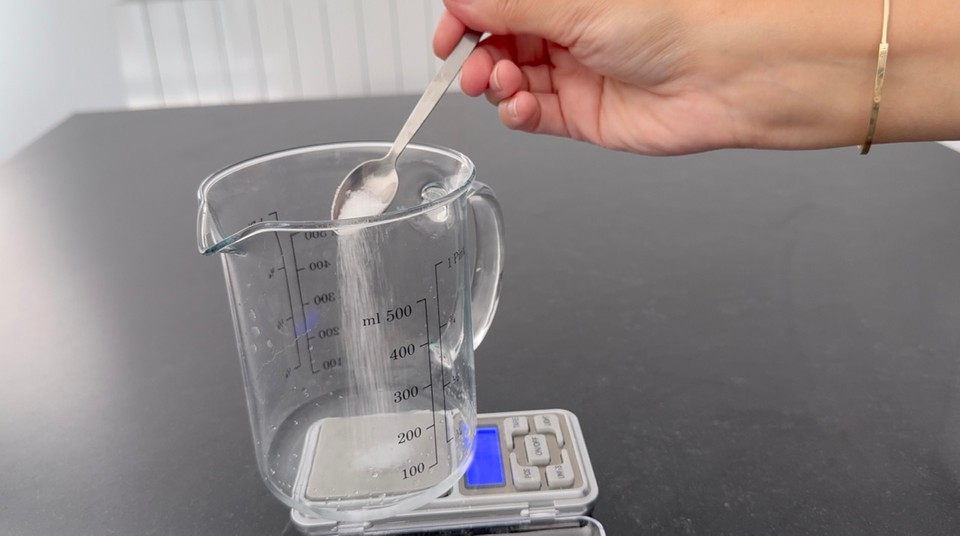
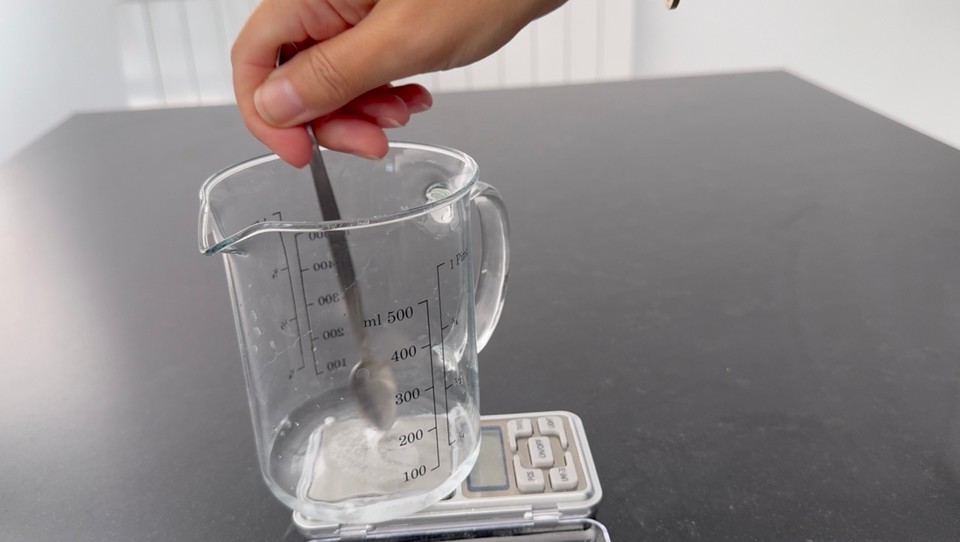
- Add the decyl glucoside and stir gently.
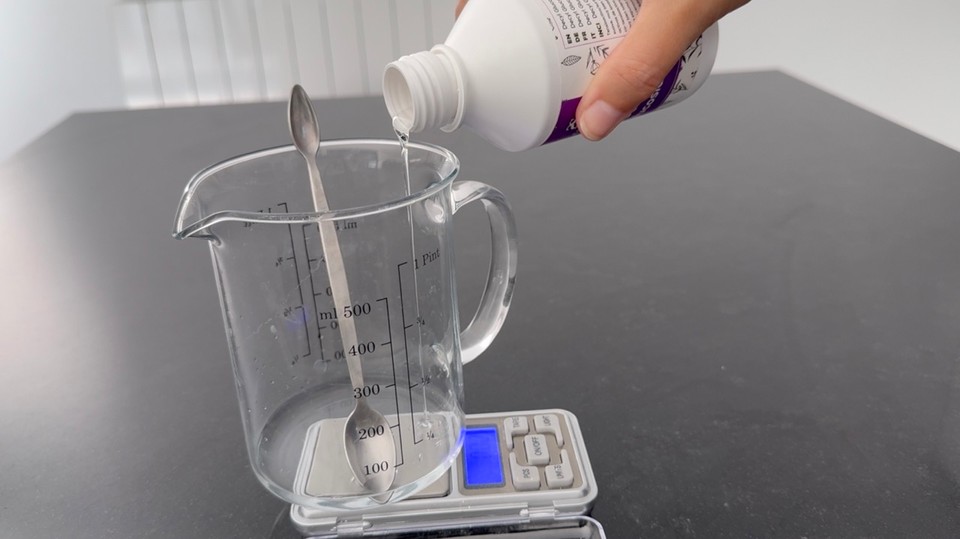
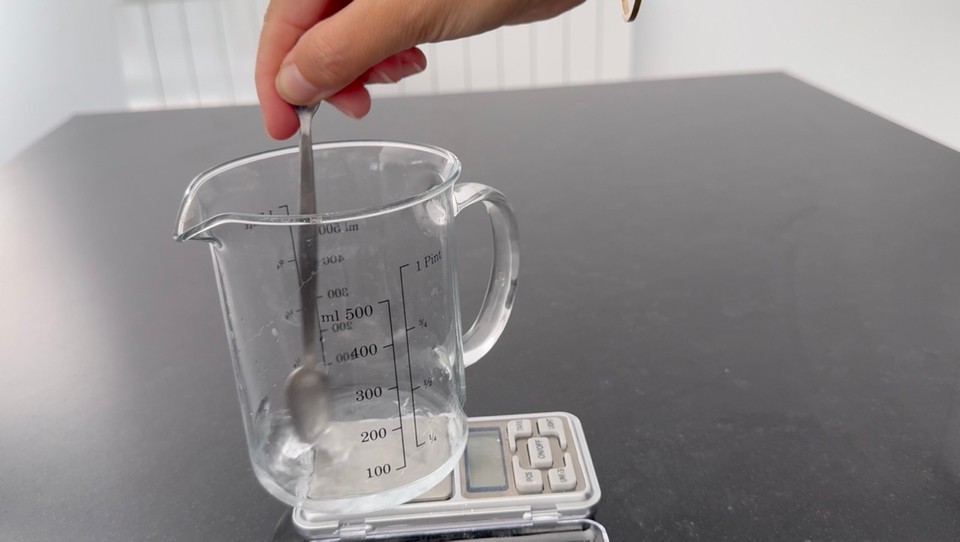
- In a different container, mix the Pentylene Glycol and the magnolia extract to dissolve the magnolia extract in the Pentylene Glycol.
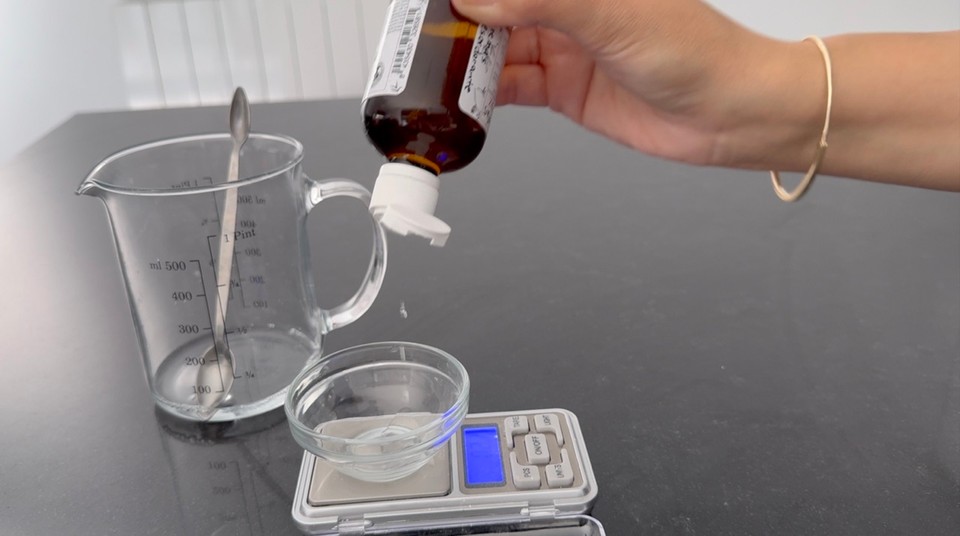

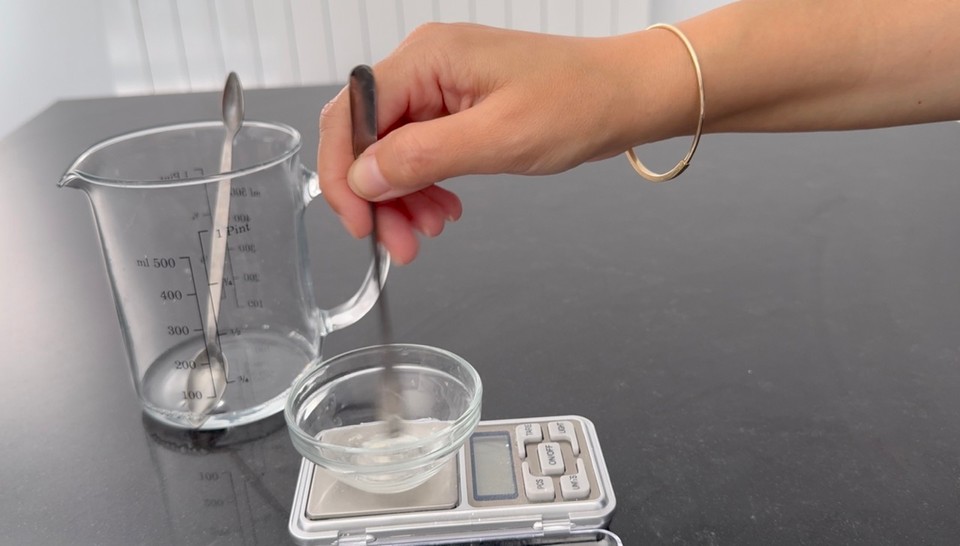
- In a different beaker, add the Isoamyl Laurate and the coco caprylate.
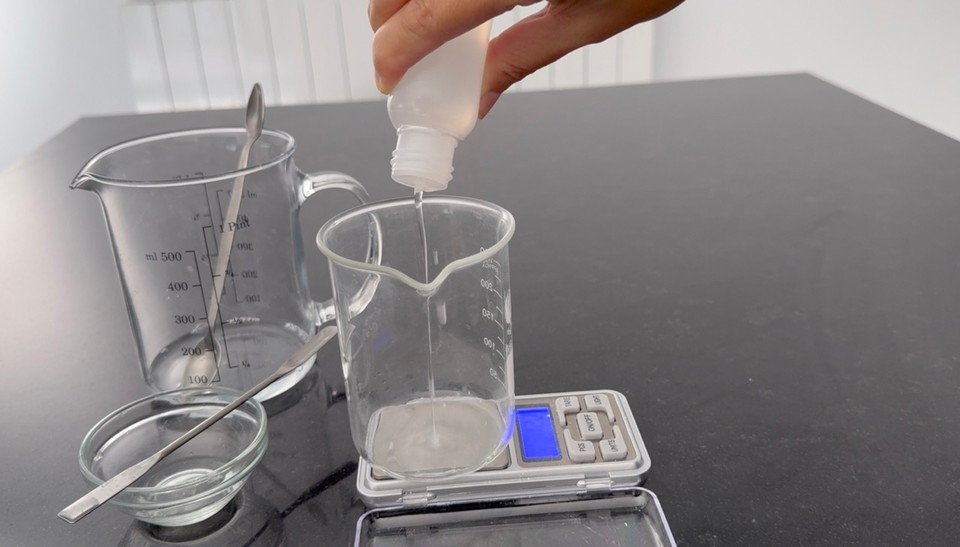

- In a fourth container, add the preservative and the fragrance.


- Combine the Pentylene Glycol mixed with magnolia extract with the water phase.
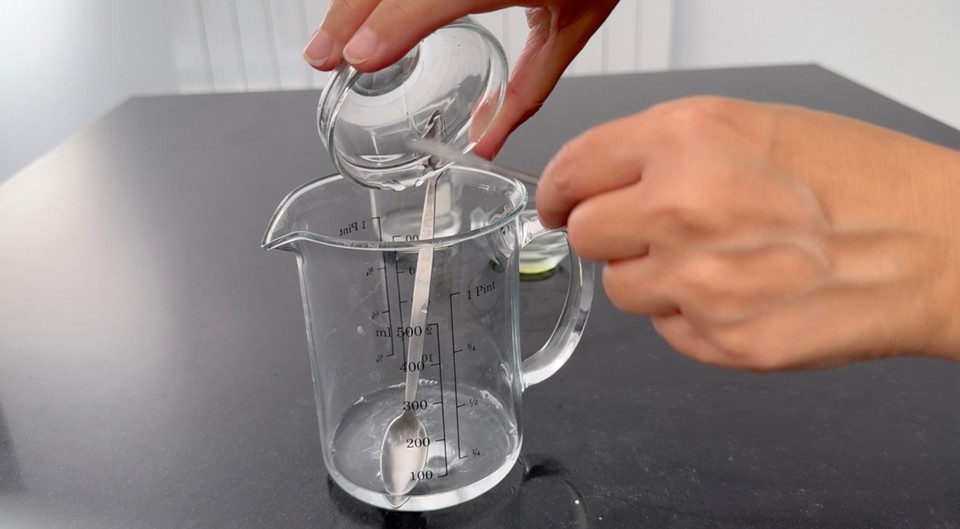
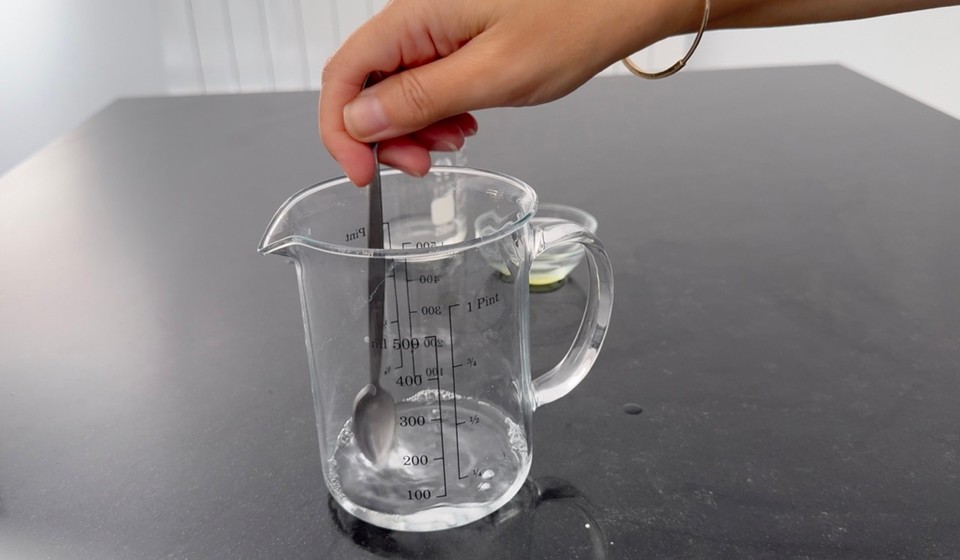
- If you want to add color, add liquid dye cosmetic color to the water phase and mica powder to the oil phase.


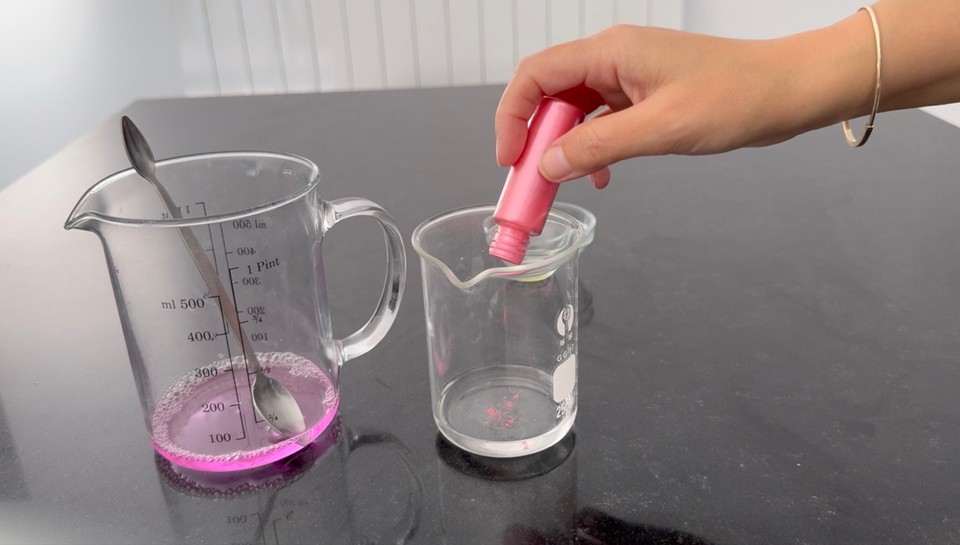
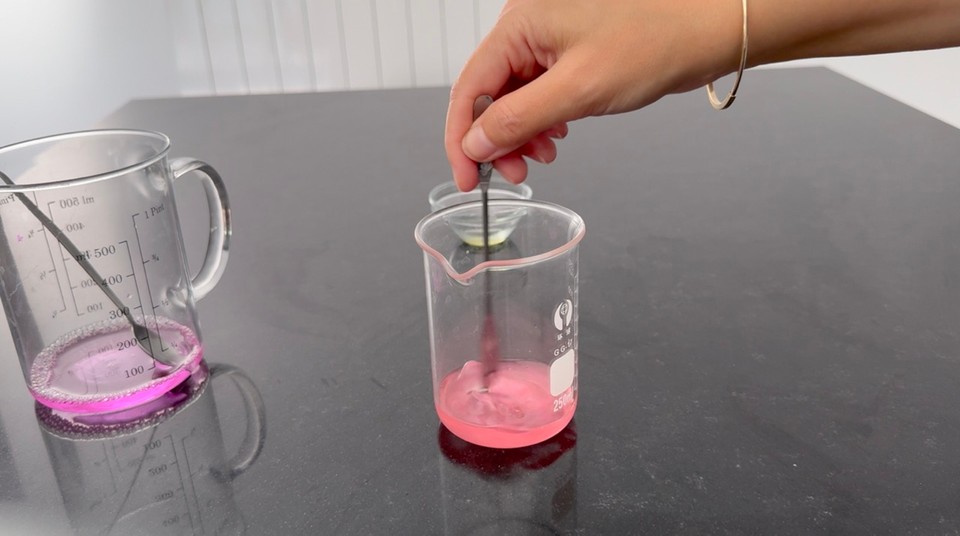
- Combine all the phases, and check and adjust the pH level. More about pH here.
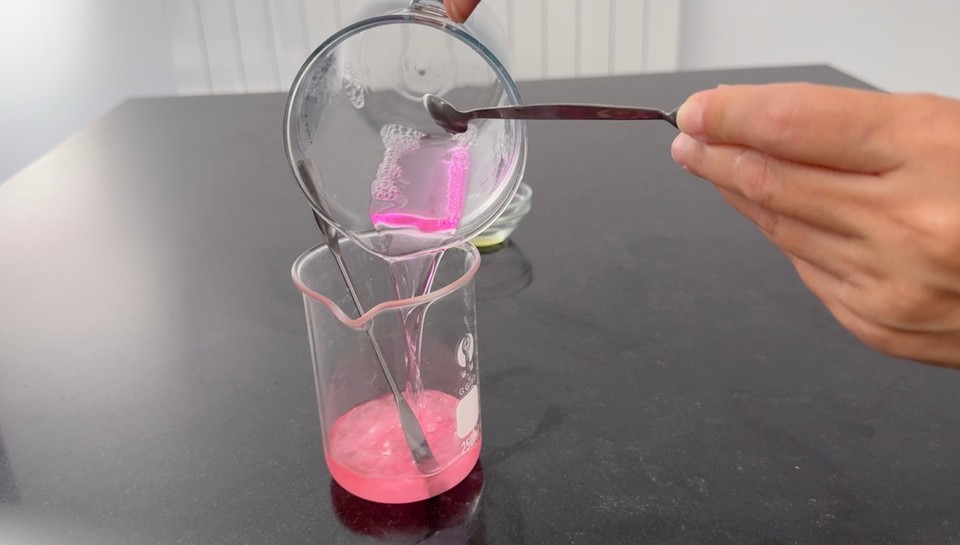
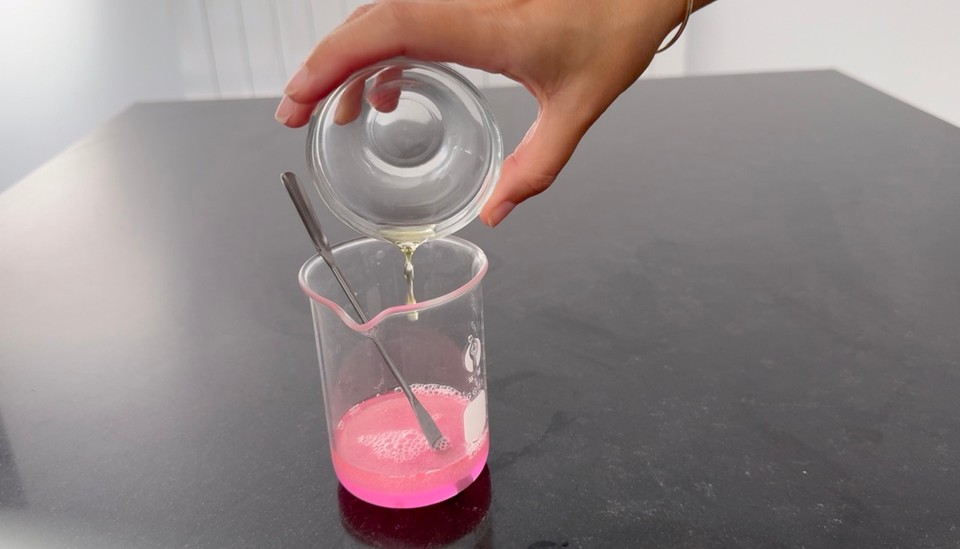
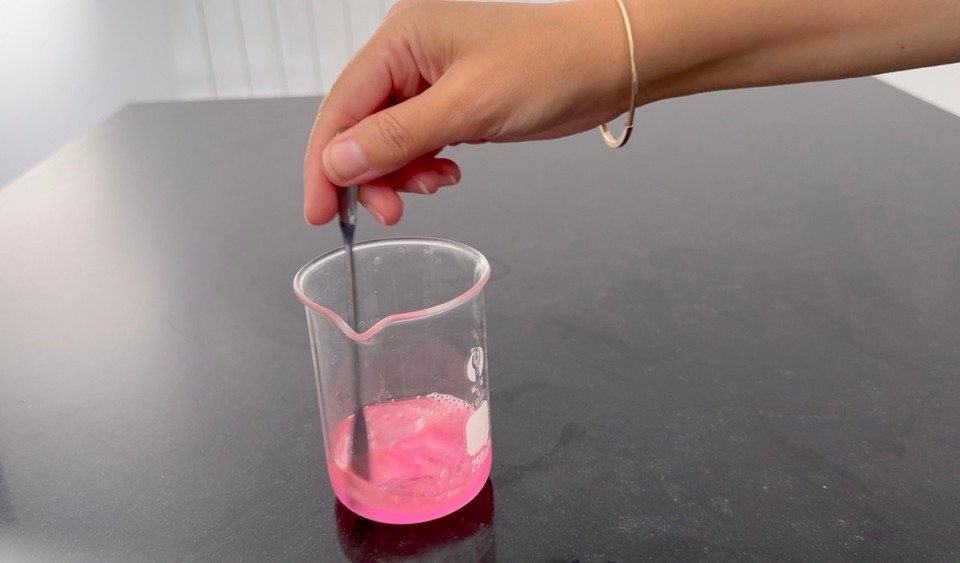

- Pour into a container. The makeup remover is ready.

- Shake the product before each use.

